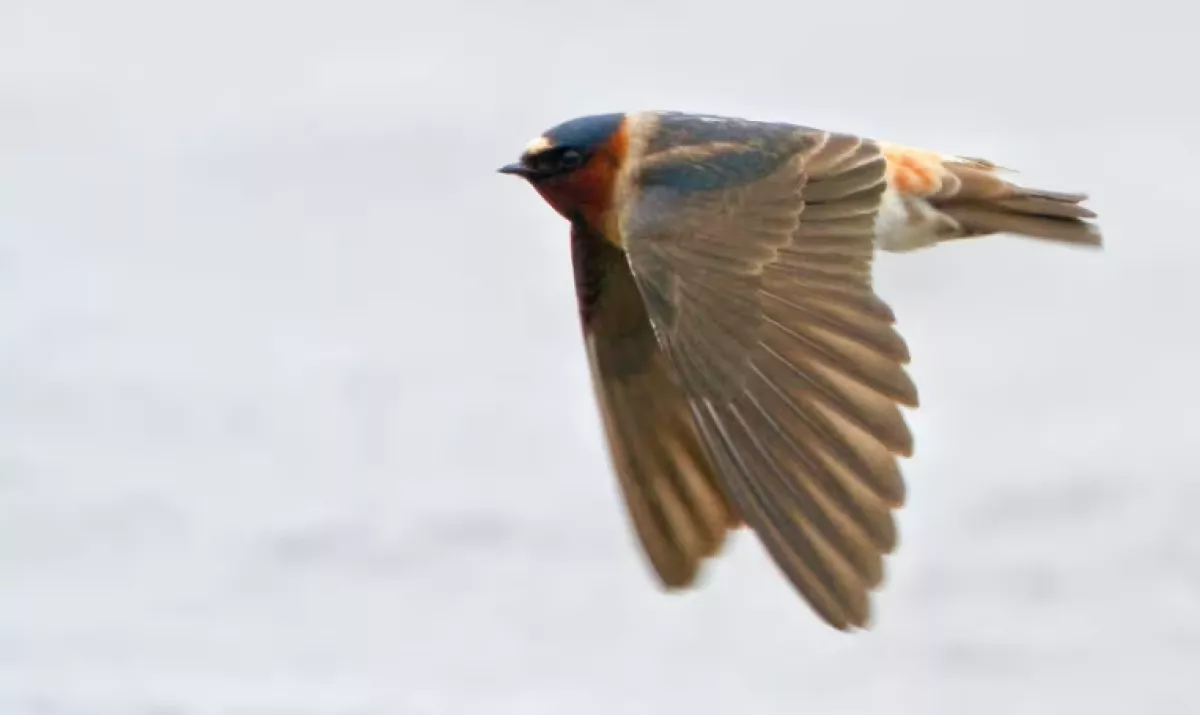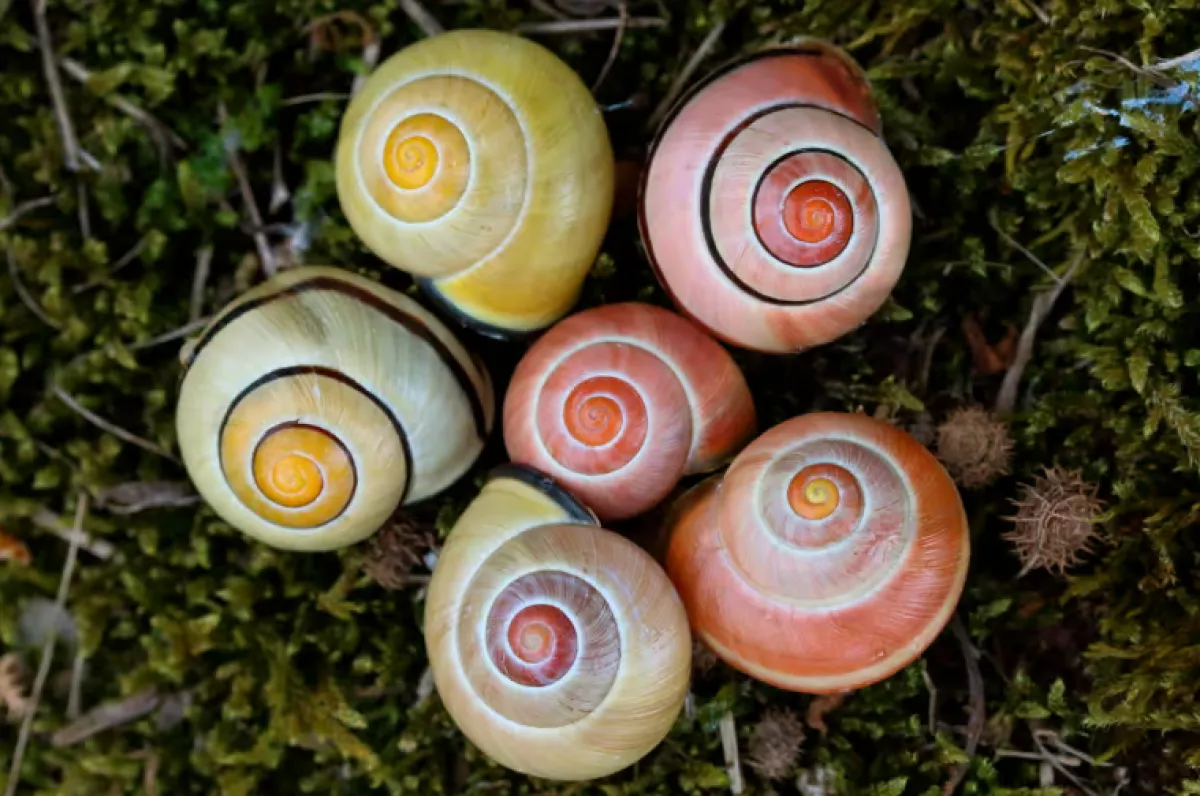Humanity's impact that forced animals to adopt new physical changes
From towering peaks to the ocean's depths, humanity's influence has reached every corner of the Earth. Plants and animals are evolving in response to human dominance, adapting to survive in a world increasingly shaped by human activities. A striking historical example occurred during the Industrial Revolution, when the peppered moth evolved from its typical black-and-white pattern to a completely black form, blending with soot-covered trees and gaining a survival advantage.
As human influence grows, so do the peculiar adaptations of nature. A recent article by The Guardian has listed some striking, yet sad examples of 21st-century evolutionary changes observed by researchers worldwide:
Tuskless Elephants Escaping Poachers
During Mozambique's civil war, intense poaching caused African savannah elephant populations in Gorongosa National Park to plummet by over 90%. Decades later, as the population recovers, researchers have observed a significant increase in tuskless elephants, particularly females. As elephants were killed for their ivory, the genes for large tusks were removed from the population as a result of the hunting and many adults, especially females, now have no tusks at all. Tuskless elephants were less likely to be targeted by poachers, giving them a survival edge. Similar patterns have been noted in Tanzania, where shorter or absent tusks are becoming more common. Tanya Smith of WWF-UK describes this adaptation as a tragic example of how human pressures can strip elephants of their iconic traits.
Magpie Nests Reinvented with Anti-Bird Spikes
Urban magpies have turned an obstacle into an asset. Known for building dome-shaped nests covered with thorny branches to deter predators like crows, magpies are now using anti-bird spikes as construction material. According to PhD student Auke-Florian Hiemstra, this behavior reflects a broader trend of birds integrating artificial materials into their nests—a creative adaptation to urban environments.
Swallows with Shorter Wings to Dodge Cars
Cliff swallows nesting under Nebraska bridges have adapted to the dangers of modern traffic. A 2013 study revealed that shorter wings have become advantageous, increasing agility and enabling the birds to avoid oncoming vehicles. Birds with longer wings, less suited to rapid maneuvers, were more likely to die. This evolution mirrors the contrast between a U2 spy plane’s steady glide and a fighter jet’s agility, as noted by the late Mary Bomberger Brown of the University of Nebraska-Lincoln.

Brittle Stars Thriving on Beer Bottles
A newly discovered brittle star species, Astrophiura caroleae, lives at depths of 300 meters off Curaçao in the Caribbean. Curiously, these pentagonal creatures prefer human-made debris over natural substrates. Dr. Hugh Carter of the Natural History Museum notes that live specimens have been found exclusively on discarded Heineken bottles or, occasionally, rubber tires. These findings highlight the species’ remarkable ability to adapt to human-created environments.
Paler Snail Shells for Urban Heat
Citizen scientists in the Netherlands have documented grove snails evolving lighter shell colors in urban areas. Researchers believe this adaptation helps snails counteract the "urban heat island effect," where city temperatures can exceed rural areas by up to 8°C (14.4°F). According to Prof. Menno Schilthuizen, lighter shells reflect heat better, reducing the risk of overheating and death during hot summer days.

Shrinking Mahogany Trees
Not only animals had to adapt to the new, often bitter reality that has been shaped by humanity's impact on the Blue Planet. Renowned for their rich, durable timber, mahogany trees have been heavily exploited, leading to a more than 70% population decline in some countries since 1970. Dr. Malin Rivers of Botanic Gardens Conservation International explains that while the species persists in many areas, its form has changed. Large, towering mahogany trees—once exceeding 20 meters—are now commercially extinct in much of their range. What remains are smaller, shrubby trees with little commercial value. The loss of older trees means the species' genetic diversity, which supported tall growth, has diminished, forever altering its iconic stature.
These examples showcase nature's resilience and adaptability in a human-dominated world. However, they also highlight the profound and often irreversible impacts of human activities on Earth's ecosystems.
By Nazrin Sadigova








